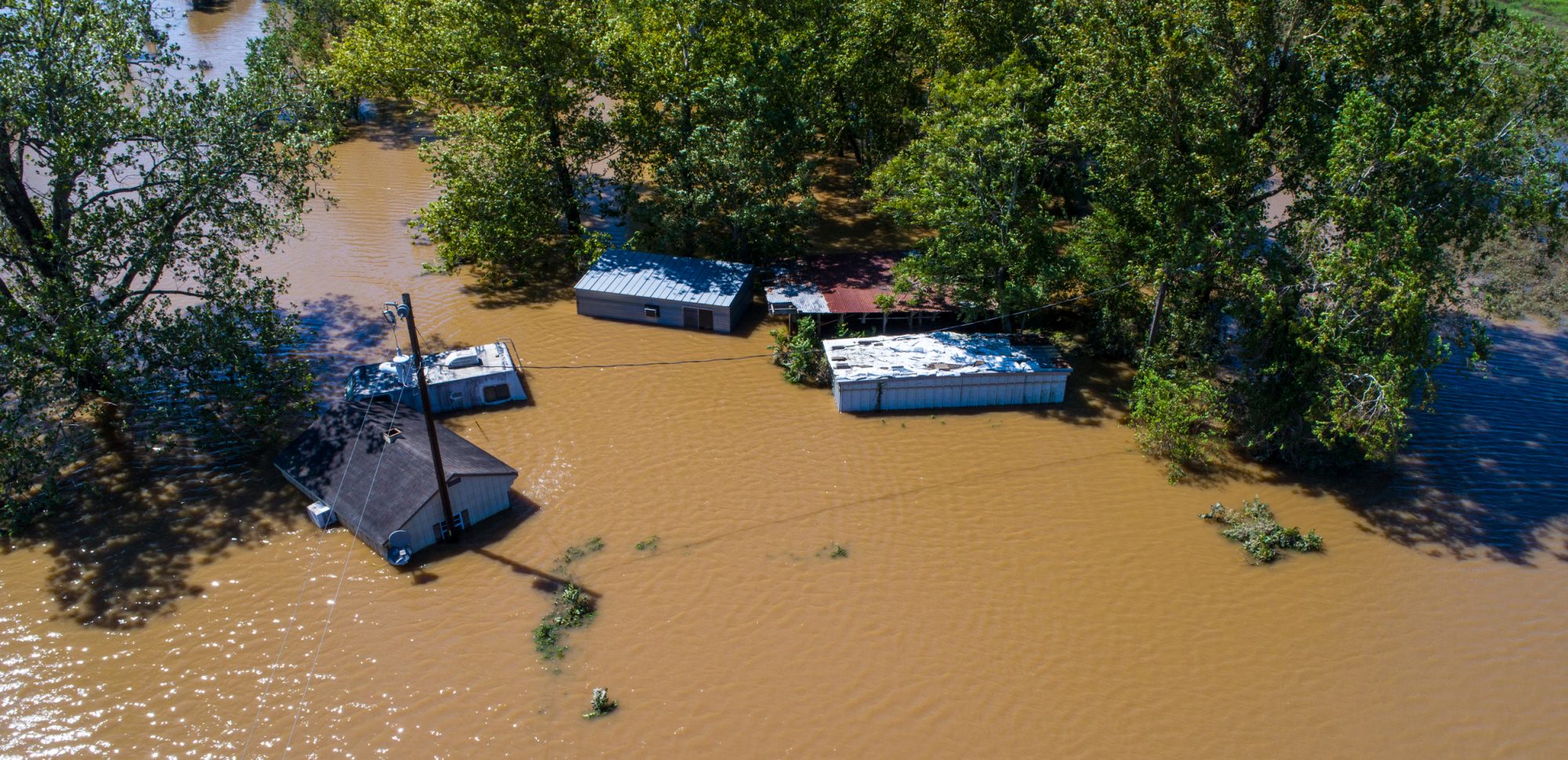New research finds that if we can limit global warming to 1.5°C, this could reduce climate change risks by up to 85%, and mitigate serious harms posed to humans
The IPCC special report about the impacts of global warming of 1.5 °C above pre-industrial levels shows how climate change risks will affect the planet should we go above the degree limit.
Outlining the global greenhouse gas emission pathways, in the context of strengthening the global response to the threat of climate change, sustainable development, and efforts to eradicate poverty, the 1.5 °C target is a goal developed in the Paris Agreement, calling for countries to take concerted climate action to reduce greenhouse gas emissions to limit global warming.
After assessing scenarios of climate change risks depending on the degree limit, limiting warming to around 1.5°C (2.7°F) requires global greenhouse gas emissions to peak before 2025 at the latest, and be reduced by 43% by 2030. Correspondingly, methane would also need to be reduced by about a third.
However, new research by the University of East Anglia (UEA) demonstrates the advantages of limiting global warming to 1.5°C and identifies the hotspot regions for climate change risks in the future – calculating reductions in human exposure to a series of risks such as water scarcity and heat stress, vector-borne diseases, coastal and river flooding.
Limiting global warming to 1.5°C rather than the current 2°C or 3.66°C
Researchers ran sophisticated computer simulations of climate change risks, using a common set of climate change scenarios in which global temperatures rise by 2°C and separately by 1.5°C and 3.66°C and then compared the results.
As insufficient current climate policy has been implemented globally to limit warming to 2°C, so the team also made a comparison with risks that would occur with higher levels of global warming.
Overall, they found that the risks are reduced by 10-44% globally if warming is reduced to 1.5°C rather than 2°C. The greater risks came with higher temperatures, for instance: the risks at 3.66°C warming are reduced by 26–74% if instead warming is kept to only 2°C. They are reduced even further, by 32–85%, if warming can be limited to just 1.5°C.
Lead author Prof Rachel Warren, of the Tyndall Centre for Climate Change Research at UEA, said: “Our findings are important because the Paris Agreement target is to limit global warming to ‘well below’ 2°C and to ‘pursue efforts’ to limit it to 1.5°C. This means that decision-makers need to understand the benefits of aiming for the lower figure.
“In addition, at COP26 last year, the commitments made by countries in terms of greenhouse gas emission reductions are not sufficient to achieve the Paris goals. At present, current policies would result in average warming of 2.7°C, while the Nationally Determined Contributions for 2030 would limit warming to 2.1°C.
“While there are a number of planned additional actions to reduce emissions further, potentially limiting warming to 1.8°C in the most optimistic case, these still need to be delivered and further additional action is needed to limit warming to 1.5°C.”

West Africa, India and North America are regions where the climate change risks are projected to increase most
Overall, global population exposure to malaria and dengue fever will be 10% lower if warming is constrained to 1.5°C rather than 2°C, and a continuous increase in global drought risk with global warming is estimated, with hundreds of millions of people additionally affected by drought at each, successively higher warming level.
The study found that by 2100 if humans do not adapt, global warming of 1.5°C would place an additional 41-88 million people a year at risk from coastal flooding globally (associated with 0.24-0.56 m of sea-level rise), whereas an additional 45-95 million people a year would be at risk under global warming of 2°C (corresponding to 0.27-0.64 m of sea-level rise) in 2100.
Lastly, global economic impacts of climate change are 20% lower when warming is limited to 1.5°C rather than 2°C, where the net value of damages is correspondingly reduced from 61 trillion US dollars, to 39 trillion US dollars. Although this is still a large amount, the climate change risks of 2°C massively outweigh the risks of 1.5°C.










